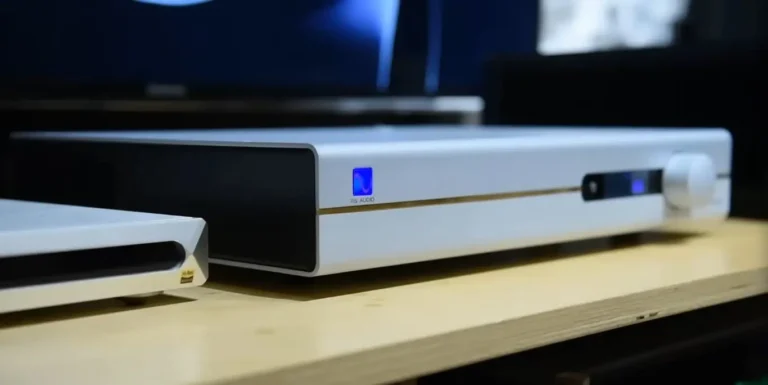PS Audio Stellar Strata Review
Due to the change in the model range and lines of the manufacturer, Stellar Strata is currently the only integrated amplifier in the PS Audio catalog. During my acquaintance with this device, the thought constantly visited me: the “source” in this device is no less than the “amplifier”. So it turned out to be a…

